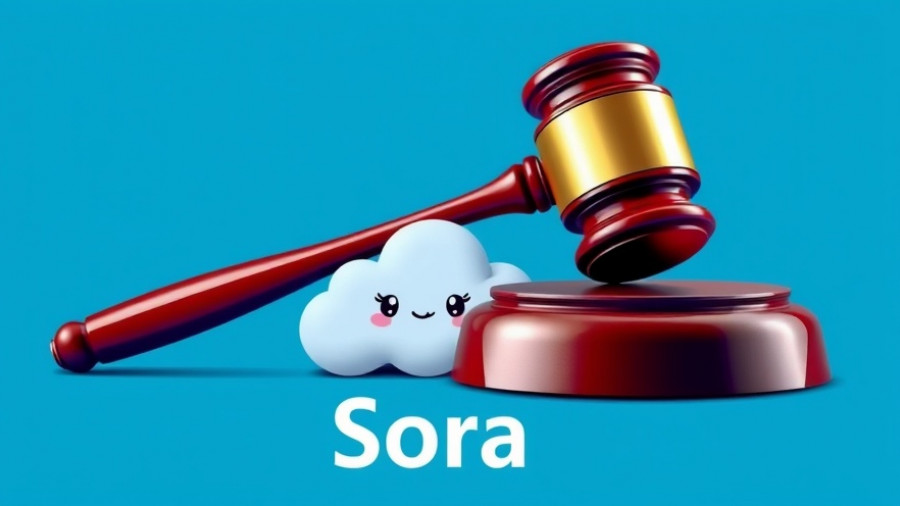
Can a 4-Day Workweek Boost Your Business?
In a world that has evolved rapidly, the traditional five-day workweek is being challenged. Companies in the United Kingdom have led the charge, unveiling the potential of a four-day workweek. An experiment involving nearly 1,000 employees across 17 businesses yielded remarkable results: not only did organizations experience enhanced employee morale, they witnessed a boost in bottom-line performance. With evidence supporting the effectiveness of reduced hours while maintaining pay and responsibilities, it begs the question—could this model reshape the future of work?
Empowering Employees: The Real Key to Success
The core of this shift lies in employees' sense of empowerment. William Kahn's research indicates that employee motivation derives from a feeling of purpose and ownership within their roles. As many workers increasingly view their jobs as burdensome rather than fulfilling, it's evident that cultivating a sense of ownership becomes vital. Empowered teams, whether functioning on four days or five, are more engaged and contribute meaningfully to organizational success.
What the Numbers Say: The Shift in Work Culture
The data from a recent American Psychological Association (APA) survey underscores a significant cultural shift. From just 14% in 2022, the number of employees enjoying a four-day workweek rose to an impressive 22% in 2024. Additionally, 80% of participants expressed that they would be just as effective, if not happier, with a shorter workweek. This sentiments echo a growing demand for work-life balance, where employees seek more than just a paycheck.
Benefits Beyond Morale: Increased Revenue and Reduced Sick Days
Beyond employee satisfaction, reports from these pioneering companies in the UK highlight tangible financial benefits. All 17 organizations involved in the trial opted to continue with the four-day schedule due to not only boosted morale but increased revenue and a drop in sick leave. Businesses can thrive when employees are happier and healthier, suggesting that a happier workforce can lead to a healthier bottom line.
The Challenges of Adopting a Shorter Workweek
However, despite the promising outcomes, transitioning to a four-day workweek comes with challenges. Small businesses, often strapped for resources, face hurdles such as customer service gaps and potential productivity losses. The transition presents logistical issues—longer working hours on fewer days could lead to burnout, and coordination of team activities may become more complicated. As tempting as this new model might be, the implications cannot be overlooked.
Addressing Misconceptions: It’s Not Just About Fewer Hours
One misconception surrounding the four-day workweek is the assumption that success merely stems from reduced hours. It's about fostering a culture of engagement and ensuring that all employees feel valued and involved. Shortening work hours can be counterproductive if not paired with measures fostering psychological ownership and a sense of purpose among employees.
Final Thoughts: Moving Toward a Flexible Future
As businesses ponder the future of work, the four-day workweek can inspire an inclusive dialogue on work arrangements. By providing opportunities for meaningful contributions, teams not only flourish but fuel performance improvements across the company. Indeed, the most crucial element isn't necessarily the number of days worked, but rather how engaged employees feel in their roles.
To those considering this transition toward a four-day workweek or simply reevaluating their existing policies, understanding the nuances is essential. Every business is unique. Get Help Selecting a Preferred Provider to navigate these complex changes and implement effective strategies tailored to your organization's needs.
 Add Row
Add Row  Add
Add 




Write A Comment